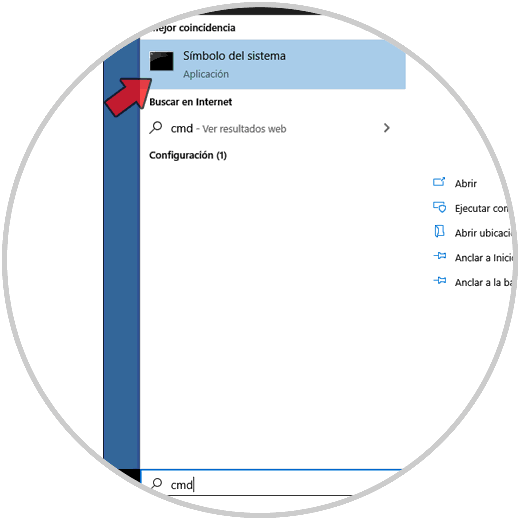

Force Delete a File or Folder in Windows Using Command PromptĬommand Prompt in Windows PCs can perform advanced administrative functions, automate tasks via batch files and scripts, and troubleshoot issues in Windows. If the above basic steps didn’t help resolve the issue, use the methods below to force delete a file or folder in Windows.
Update Windows and then try to delete the problematic file or folder. You can do this by right-clicking on the file or folder and selecting Properties. Check whether the file or drive is marked as read-only, otherwise you may not be able to delete the file or folder. Run a virus or malware scan to check for threats that may lurk within your PC. Make sure you replace the filename with the name of the file you want to delete in Windows. In this case, x represents the name of the drive letter, where the folder containing the file you want to force delete resides. Restart Windows and see if you can delete the file or folder successfully once your computer reboots. Type CMD in the search box and select Run as administrator. Use Task Manager to close the file or folder and then try deleting it again.  Close any running applications or programs on your computer, and then delete the file or folder again. Before trying any of these methods, here are a few basic steps to help you get around the issue: You can force delete a file or folder in Windows via Command Prompt, Safe Mode, using a keyboard shortcut, or using a third-party app. How to Force Delete a File or Folder in Windows
Close any running applications or programs on your computer, and then delete the file or folder again. Before trying any of these methods, here are a few basic steps to help you get around the issue: You can force delete a file or folder in Windows via Command Prompt, Safe Mode, using a keyboard shortcut, or using a third-party app. How to Force Delete a File or Folder in Windows 
This guide explains how to force delete a file or folder in Windows 10 and get rid of it for good.







 0 kommentar(er)
0 kommentar(er)
